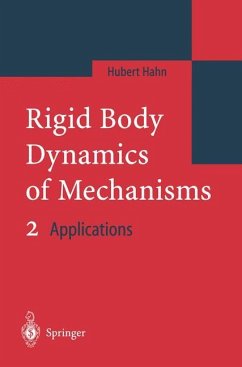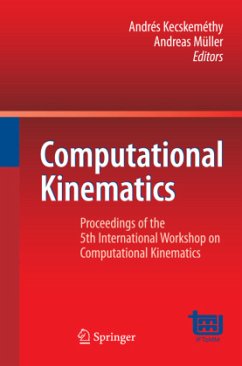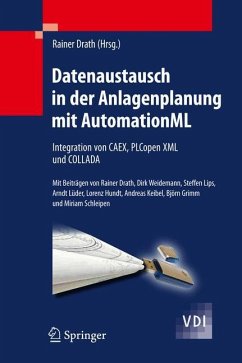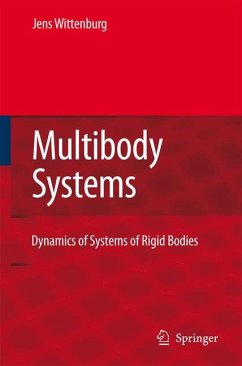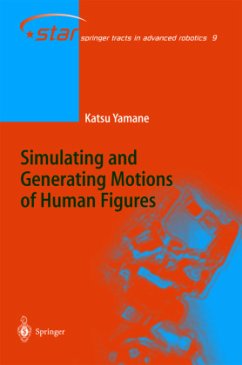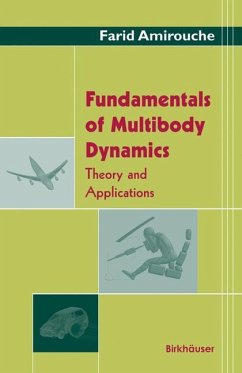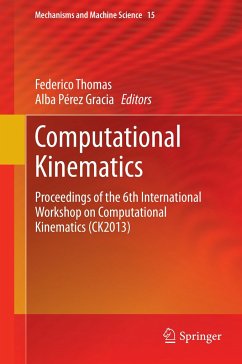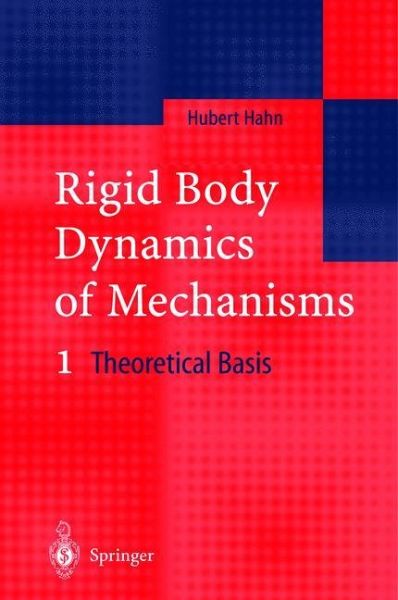
Rigid Body Dynamics of Mechanisms
1 Theoretical Basis
Versandkostenfrei!
Versandfertig in 6-10 Tagen
113,99 €
inkl. MwSt.
Weitere Ausgaben:

PAYBACK Punkte
57 °P sammeln!
The dynamics of mechanical rigid-body mechanisms is a highly developed discipline. The model equations that apply to the tremendous variety of ap plications of rigid-body systems in industrial practice are based on just a few basic laws of, for example, Newton, Euler, or Lagrange. These basic laws can be written in an extremely compact, symmetrical, and esthetic form, simple enough to be easily learned and kept in mind by students and engi neers, not only from the area of mechanics but also from other disciplines such as physics, or mathematics, or even control, hydraulics, or electronics. Thi...
The dynamics of mechanical rigid-body mechanisms is a highly developed discipline. The model equations that apply to the tremendous variety of ap plications of rigid-body systems in industrial practice are based on just a few basic laws of, for example, Newton, Euler, or Lagrange. These basic laws can be written in an extremely compact, symmetrical, and esthetic form, simple enough to be easily learned and kept in mind by students and engi neers, not only from the area of mechanics but also from other disciplines such as physics, or mathematics, or even control, hydraulics, or electronics. This latter aspect is of immense practical importance since mechanisms, ma chines, robots, and vehicles in modern industrial practice (sometimes called mechatronic systems) usually include various subsystems from the areas of hydraulics, electronics, pneumatics, informatics, and control, and are built by engineers trained in quite different disciplines. Conventional methods of modeling rigid-body mechanisms In contrast to the comparatively simple and easy-to-learn basic laws of rigid body systems, the practical application of these laws to the planar or spatial motions of industrial mechanisms rapidly leads to extremely lengthy and complex equations of motion, where the form and complexity of the model equations depends critically on the choice of the model coordinates. Until recently this had the following consequences: 1. A large variety of specialized techniques have been developed, each suit able for efficiently modeling a special-purpose mechanism.





